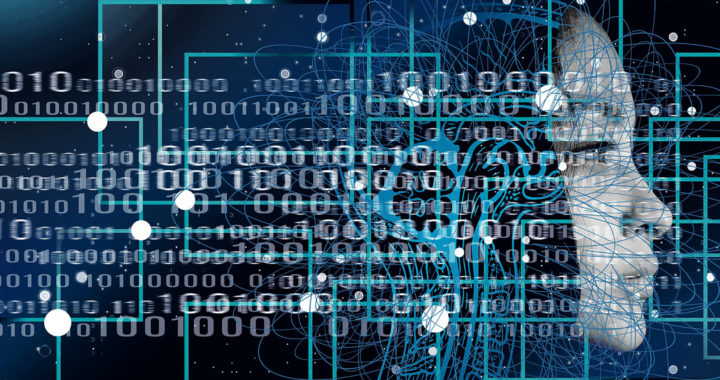Consumer electronic devices such as smartphones and tablets, as well as personal computers and wearables, have come smarter thanks to the inclusion of dedicated artificial intelligence engines and accelerators and native machine learning capabilities. The Neural Engine found in several Apple devices is a testament to this fact.
Apple first debuted its dedicated neural network hardware in September 2017 with the Apple A11 Bionic chip used in the iPhone 8 and iPhone X models. The specific Neural Engine has now become a staple part of the system-on-a-chip design of the A series and M series mobile chips alongside the central processors and other co-processors.
Furthermore, it is now found in all recent models of the iPhone, the iPad, and the Mac line of personal computers. This hardware component allows dedicated and native AI and machine learning capabilities without depending on the CPU or GPU. Nevertheless, considering these, what exactly is the purpose of the Neural Engine? What does it do?
Explaining the Purpose and Capabilities of the Neural Engine
Remember that artificial intelligence has found practical and mainstream applications in modern consumer electronic devices. The general purpose of the Neural Engine is to equip Apple devices with the capabilities to perform tasks and processes that would benefit from different AI functions such as machine learning and artificial neural networking. Below are the specific capabilities of this hardware component:
• Speech and Image Processing: One of the primary purposes of the Neural Engine is to equip Apple devices with natural language processing and images processing capabilities without the need to depend on cloud-based or online-enabled artificial intelligence engines.
This improves the functionalities of the Siri digital assistant app through improved speech recognition, photo and video capture through improved computational photography, better language translation and voice-to-text or text-to-voice conversion, and active facial recognition via the Apple Face ID, among others
• Independent from the Internet: One of the reasons companies like Apple want to use dedicated AI engines and accelerators in their devices is to lessen dependence on the cloud. Note that AI capabilities used to depend on connecting to remote computers via the cloud for data processing. This requires internet connectivity.
While remote computers can process and analyze data more intensively, the time data travel between the data and servers takes time and depends on the speed of the internet connection. However, with native AI capabilities, all processing takes place inside the device itself. This is useful for use cases in which time is a critical factor.
• Promotes User Data Privacy: It is also important to note that cloud-based and online-enabled processing of data for AI purposes means that user data are both transmitted outside the device and collected on remote computers. This heightens the risk of possible data interception while it travels or data breaches while stored in databases.
Note that data privacy is important in the digital information age to protect the interest of individuals. A dedicated AI component promotes data privacy because the processing of user data takes place inside the device itself. There is less to zero dependent on remote computers because processing can be done locally.
• Improves System Performance: Another purpose of the Neural Engine is to improve the performance of Apple devices such as iPhones and iPads. The hardware component actively monitors how a particular user interacts with his or her device and records his or her behavior while engaged with his or her device.
The hardware learns from this pattern of user interaction and behavior to optimize the system both at the hardware and software levels. It knows when to use power-efficient cores of the CPU or when to activate the performance cores to maximize battery capacity while ensuring operations. The device becomes more optimized and efficient as the Neural Engine learns from the historical user data.
• Computational Photography: Remember that this component also improves the capabilities of iPhones and iPads to capture or record photos and videos. It is true that camera sensors and native image signal processors play a role in the quality of images and moving images captured by the phone. However, AI has made the camera system of a small consumer electronic device more powerful.
For example, Neural Engine found in iPhones has brought forth a slew of new features and functionalities. These include better night photography, automatic adjustments to improve dynamic range, artificial subject-background separation, facial recognition, the application of filters, and other capabilities that depend on computation photography.
• Augmented Reality: The different applications of augmented reality in handheld devices such as smartphones have expanded over the years. App developers have taken advantage of the modern capabilities of these gadgets.
The Neural Engine improves the capabilities of equipped Apple devices to process images taken by the cameras in real-time. Some of these capabilities include facial recognition and face tracking, application of filters as seen in social media applications, object recognition, and surrounding awareness.
Considering the aforementioned, the purpose of the Neural Engine is to equip Apple devices with native or localized capabilities to perform tasks related to artificial intelligence such as machine learning, as well as to provide additional features and functionalities that can take advantage of artificial intelligence.
In addition, because it is a hardware component within a system-on-a-chip with a dedicated function, it makes the entire chip more efficient because it lessens the burden or stress from the central processing unit and integrated graphics processor. The net result is a more capable chip that can improve the performance of the entire device.





